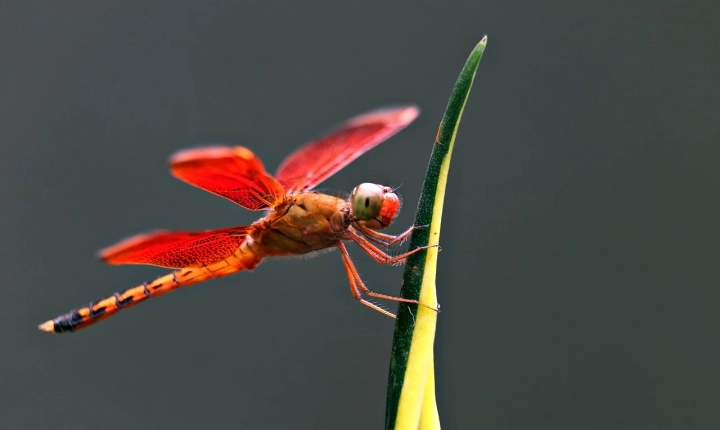Creating AI covers of songs has become a popular trend in the music industry. With advancements in technology, it is now possible to use artificial intelligence to generate unique and creative renditions of popular songs. If you are interested in exploring this exciting new realm of music production, here are a few steps to help you get started on creating AI covers of songs.
1. Choose the Right AI Platform
There are several AI platforms and software tools available that can assist you in creating AI covers of songs. One popular option is Magenta Studio, which is a suite of machine learning-based tools for music and art creation. It includes tools for generating melodies, drum patterns, and chords, making it an ideal platform for creating AI covers. Another option is OpenAI’s Jukebox, which uses deep learning techniques to produce music in various styles and genres. Take the time to explore these platforms and find the one that best suits your needs and preferences.
2. Select the Song to Cover
Once you have chosen the AI platform you want to work with, the next step is to select a song that you want to cover. It could be a current hit, a classic favorite, or a lesser-known gem. Keep in mind that the AI-generated cover will put a unique spin on the original, so it’s essential to choose a song that you believe will benefit from a fresh interpretation. Consider the elements of the song such as melody, harmony, and rhythm, and think about how AI technology could transform these elements.
3. Train the AI Model
After selecting the song, you will need to train the AI model to create a cover. This process involves feeding the original song into the AI platform and allowing the model to analyze and learn from it. Depending on the platform you are using, you may have the option to adjust parameters such as style, tempo, and instrumentation to influence the outcome of the AI-generated cover. It’s important to experiment with different settings to achieve the desired result.
4. Refine and Edit the Cover
Once the AI model has generated a cover of the song, it’s time to refine and edit the result. You may find that certain elements of the cover need to be tweaked to align with your vision for the final product. This could involve adjusting the arrangement, adding or removing instruments, or modifying the tempo and dynamics. Remember that while the AI model can assist in creating the cover, your creative input is crucial in the editing process.
5. Share and Promote the AI Cover
After finalizing the AI cover, it’s time to share it with the world. Upload the cover to music streaming platforms, social media, and other online channels to showcase your AI-generated creation. Be sure to engage with your audience and promote your cover to gain exposure. You can also consider collaborating with visual artists to create accompanying visuals that complement the AI cover and enhance the overall presentation.
In conclusion, creating AI covers of songs is an exciting and innovative approach to music production. By leveraging the power of artificial intelligence, you can breathe new life into existing songs and offer fresh perspectives to listeners. As the technology continues to evolve, the possibilities for AI-generated music covers are endless, and aspiring creators have the opportunity to explore this cutting-edge form of musical expression.
